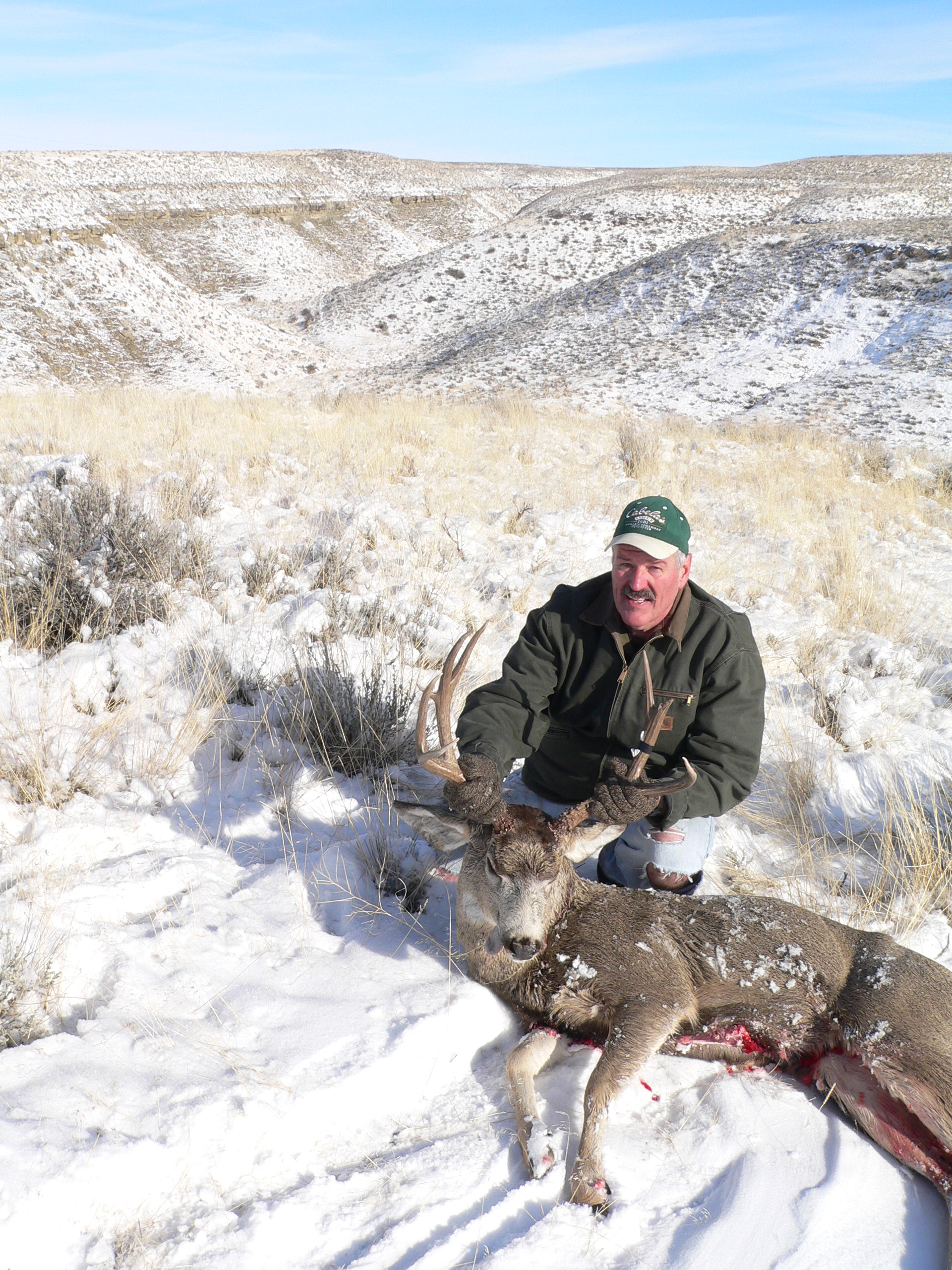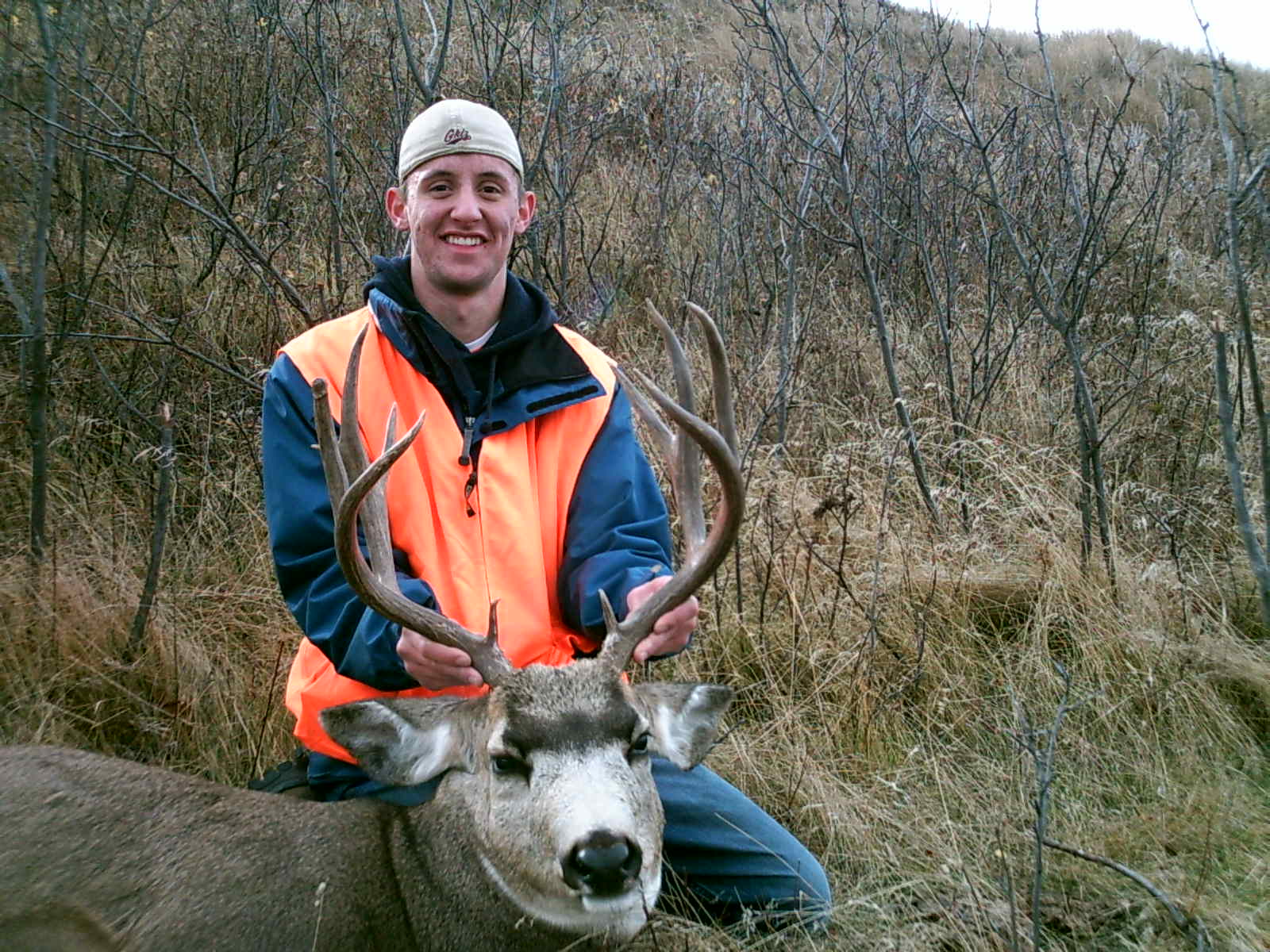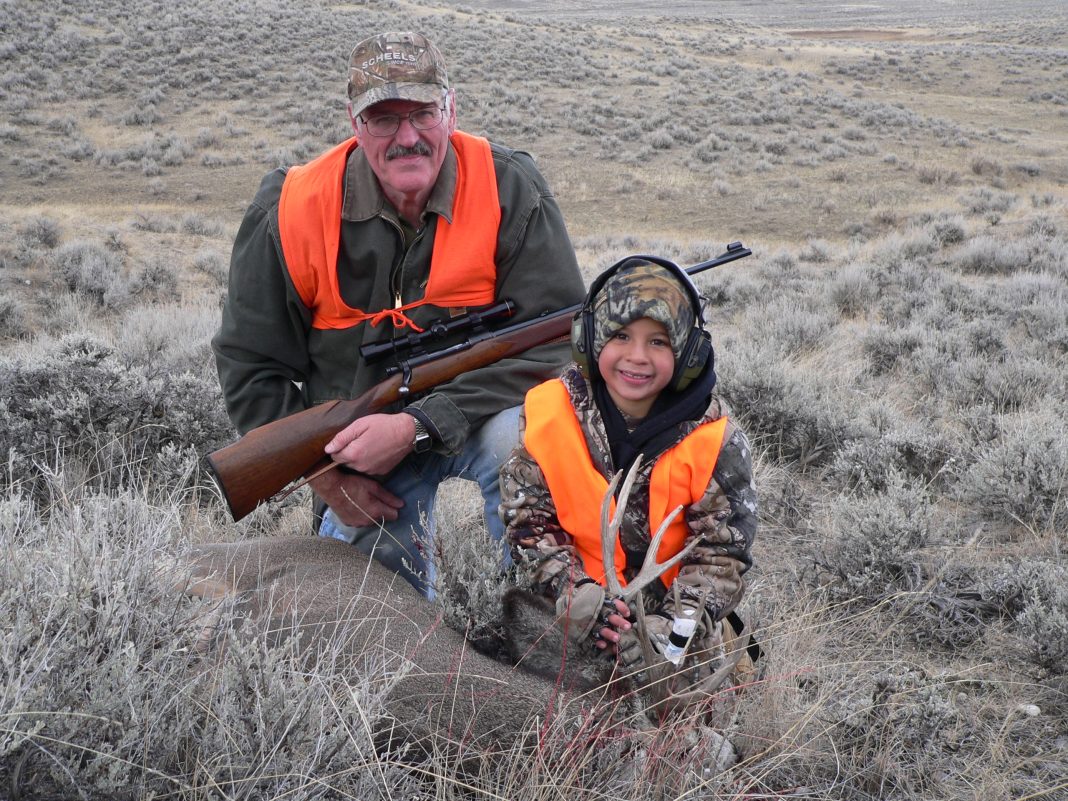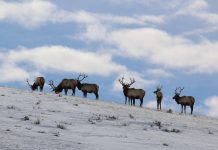Coulee Country
It is a unique environment to hunt. Forget alpine basins or lush agriculture next to Cottonwood studded river bottoms. This often rugged, steep, dry environment holds some monster bucks and often on accessible public land across the West. It’s a challenging landscape and may require some new skills if you haven’t hunted this habitat previously.
First, a coulee is a defined very simply as a deep ravine. That simple definition hardly explains the possible coulees you could encounter while hunting. Let’s start by breaking down the coulee environments by looking at the essentials – food, water, and shelter.
Food Sources
Food is either natural or agricultural. Many coulees are adjacent to wheat, oat, corn or alfalfa fields which becomes the morning and evening draw for deer in this environment. Deer can be patterned and intercepted moving from food sources in the morning and moving towards them in the evening. If agricultural crops don’t exist, then concentrating on food sources is a losing strategy. Deer can still be patterned but their movement will likely be dictated more from water, cover, and flat spaces to bed then it will by food. Water in these environments is typically seasonal. Some natural springs can often be found. There are typically natural or manmade catchment ponds, and in ranching environments, stock tanks are often used by wildlife. In very dry climates there is often water at the bottoms of the deepest coulees. In dry environments, deer may move miles between bedding, feed, and water.
Cover
 Finally, and perhaps most importantly is cover. These are very open environments and trees typically aren’t found for miles. Cover can range from patches of think scrub brush from a few feet to as much as 15 feet high. It can be thicker patches of sagebrush, clumps of thick grass, or even just eroded nooks and crannies out of the sun. Mule deer utilize this bedding in consistent patterns. They typically stay near the top third of the coulee. They prefer flat benches near exit routes. If these benches don’t exist, they will typically flatten out beds amongst the thickest cover or bed at the heads of coulees, so they can exit either over the top – dropping into coulees further from danger – or going downhill using cover to exit hidden into the network of interconnected coulees.
Finally, and perhaps most importantly is cover. These are very open environments and trees typically aren’t found for miles. Cover can range from patches of think scrub brush from a few feet to as much as 15 feet high. It can be thicker patches of sagebrush, clumps of thick grass, or even just eroded nooks and crannies out of the sun. Mule deer utilize this bedding in consistent patterns. They typically stay near the top third of the coulee. They prefer flat benches near exit routes. If these benches don’t exist, they will typically flatten out beds amongst the thickest cover or bed at the heads of coulees, so they can exit either over the top – dropping into coulees further from danger – or going downhill using cover to exit hidden into the network of interconnected coulees.
The Strategy
Now that you know how deer use this environment you have a few choices to make. In a typical day you can employ multiple strategies so here’s a typical day…
- Morning – glass agricultural fields. Large herds of deer can be found together and finding the best bucks is easiest at this time. Depending on the distance you may be able to use the coulees as cover to shoot a big buck in the open field.
- Late morning – pop over coulee edges looking for movement – don’t just walk the edge where you’re visible. Deer will still be on their feet slowly walking the coulee in search of a morning bedding area.
- Mid-day – after bedding for a few hours deer will get restless and will be standing up and possibly changing beds as the sun gets higher. Don’t be afraid to walk to coulee edge just below the edge so you aren’t skylined.
- Early afternoon – deer are bedded tight to cover and hard to spot. This is the time to be visible, glass a lot, and don’t be afraid to make noise. While you can often see into the brush on the opposite side of the coulee the brush on your side can completely hide deer. Grab a big rock and toss it downhill into this cover to jump bedded deer. Repeat as you move along the coulee. In limited water environments, deer may be hitting water sources at this time.
- Evening – look for deer to move back towards feeding areas. If you’ve patterned them on food sources now is the time get in position for them. Stay hidden and intercept them on their way to feed.
Prepare and Hunt
 This is big country and I’ve seen coulees 500 yards across and just as deep. Erosion caused this habitat and it makes for steep ground with lots of places to hide. I highly recommend you scout in advance with OnXHunt App or a similar mapping software to identify cover, benches, water, food as well as identifying travel routes for the deer and yourself to leave no coulee un-glassed. As a final hint, snow is your friend on these hunts. Deer that can’t be glassed in thick cover will suddenly stand out with their outline clearly visible with a backdrop of snow under them. Good luck, and good hunting!
This is big country and I’ve seen coulees 500 yards across and just as deep. Erosion caused this habitat and it makes for steep ground with lots of places to hide. I highly recommend you scout in advance with OnXHunt App or a similar mapping software to identify cover, benches, water, food as well as identifying travel routes for the deer and yourself to leave no coulee un-glassed. As a final hint, snow is your friend on these hunts. Deer that can’t be glassed in thick cover will suddenly stand out with their outline clearly visible with a backdrop of snow under them. Good luck, and good hunting!















